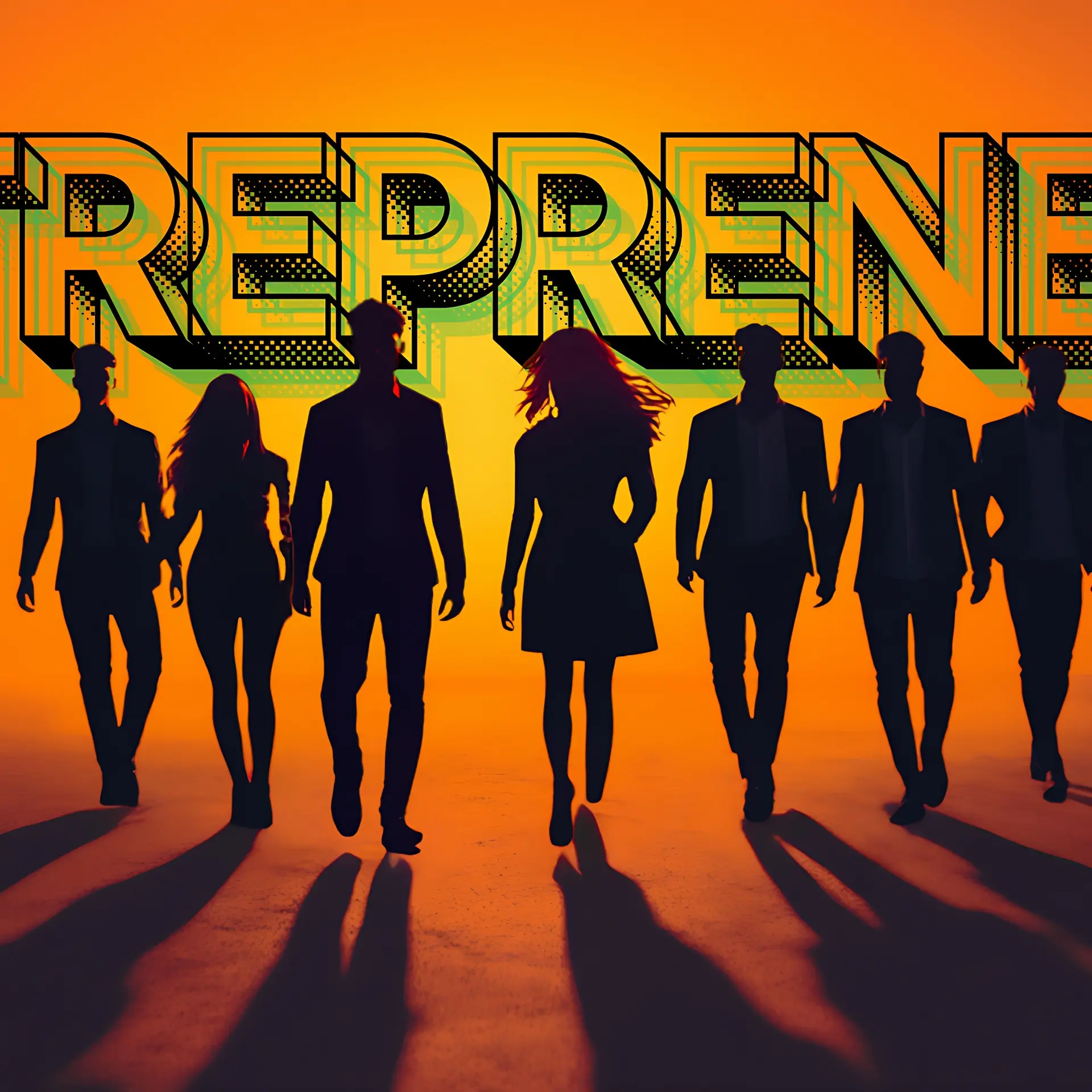
BML Munjal University
View Brand PublisherHow startups can solve the Li challenge for India’s sustainable mobility movement
If we can ensure an effective recycling ecosystem within three-four years as the share of EVs reaches 20 percent levels in the auto market, we could be mining our own lithium requirements.
According to the International Energy Agency (IEA), the Indian transport sector is responsible for 13.5 percent of India's energy-related carbon dioxide emissions, with road transport accounting for 90 percent of the sector's total final energy consumption. This makes the case for decarbonising the automotive sector in the country clear. With the sector being a major contributor to the country’s foreign imports (oil), the case is even more compelling, as oil prices test new highs.
The solution of course is electric vehicles with the simplistic logic being that by substituting fossil fuels for battery-powered vehicles, which will be charged using renewable energy in the long run, we would be solving multiple problems with a single solution. Pollution, emissions, and a high import bill. At the core of this transition lies the Lithium-ion battery that is dominating the battery technology for EVs.
India’s Li challenge
For Indian companies to produce their own Lithium-ion batteries, the only choice they currently have is to import all of the raw materials needed for manufacturing. This is because none of the Rare Earth metals such as Lithium, Nickel, Cobalt and Manganese which are used in the manufacturing of Lithium-ion cells are mined in India in any significant quantity. In addition to this, they either have to develop proprietary technology to manufacture cells or import the required technology paying huge licence fees.
Therefore, it has always been much more cost effective to directly import Lithium-ion cells from a country such as China and assemble them into battery packs in India, which is the industry norm currently. Thus, to use a basic analogy, are we substituting our dependence from Saudi Arabia to China? After all, China does control over 90 percent of the Lithium market right now, mining and processing included.
Fortunately, the government is alive to the problem, and perhaps more importantly, startups too see the opportunity. As the world’s fifth largest auto sector overall, our auto market is comfortably set to be well over $300 billion by 2030. India does, however, have a growing domestic source of these metals – used Lithium-ion batteries (from mobiles, laptops etc) from which the aforementioned four Rare Earth metals along with Graphite can be extracted cutting down the burden on imports while securing an alternative raw-material supply chain, reducing our dependence on exporting economies.
The way out: Recycling
Recycling offers a key, sustainable way out for India. Lithium recycling, done efficiently, is more than capable of matching or even exceeding the recycling level of metals like gold and aluminium. Thus, if we can ensure an effective recycling ecosystem within three-four years as the share of EVs reaches 20 percent levels in the auto market, we could be mining a significant share if our own lithium requirements. Keep in mind that a Production Linked Incentive (PLI) scheme for Lithium battery production of 50 GWh has already been completed and the winning bidders are on their way with their manufacturing plans, providing a ready market for recycled Lithium.
Startups like Recycling claim to have the world’s most efficient and energy efficient recycling processes. In fact, Attero even earns carbon credits for its recycling process. With a capacity of 1,000 tonnes per annum, that is being ramped up to 11,000 tonnes per annum soon, Attero, and similar firms, could be the difference between falling short and meeting critical EV goals.
Similarly, we have upcoming startups like , barely three-years-old, which has gone for a full life cycle approach to the Lithium-Ion battery market. From making batteries to recycling them later for use in stationary storage, the firm has a solid business case for itself and is setting up a facility in Greater Noida with a pre-seed round under completion.
Startup models
It is no secret why startups see an opportunity in the new world of Lithium batteries. For starters, the whole production process has almost nothing in common with the legacy business of lead acid batteries. That is one reason you do not see legacy firms making an easy transition, as they face the double challenge of letting go of their cash cows and learning a whole new manufacturing process together.
The role of critical integrations, particularly a Battery Management System (BMS), creates even more potential for a startup to stand out with that extra leap of innovation. The result has been a flood of investments into Lithium battery startups, globally as well as in India. Over $100 billion has been invested globally, and $2 billion in India, on pushing the case for Lithium battery manufacturing. Startups like Lohum, or Log9 materials, are also focused on building better, at scale, using more innovative materials from Graphene to aluminium.
Countries like Norway, a world leader in terms of per capita penetration of EVs, have leveraged their advantage of a high renewable energy share to move into battery recycling. In South Korea, a leading Lithium battery manufacturing country in the field after China, a recent IPO of LG’s battery division has made it the second highest firm by market cap on the South Korean stock exchange. Similarly, most people might know Elon Musk for the success of Tesla and more recently the SpaceX rocket ships, but it is Tesla’s battery tech, including the tech behind its solution for large stationary storage, the Megapack, that has contributed to the market respect and valuation it has.
So, what do we need to get right in India?
A battery swapping policy has already been announced, and should be released soon, that will seek to lower entry costs for two-wheelers especially, besides tackling range anxiety and charging wait times. A policy on battery recycling is also in the works, including adapting the Extended Producer Responsibility (EPR) rules for a world of high value Lithium-Ion batteries. A special government firm has already been formed, KABIL (Khanij Bidesh India Limited), with the sole mandate to seek and develop supplies of these key minerals worldwide for India.
Large established players like Reliance have also invested in battery startups ranging from Ambri (liquid metal) to acquiring promising firms (Faradion with its Sodium Ion technology) to ensure they have ready access to scale up as soon as the opportunity reaches commercial prospects. Even legacy battery players like Exide and Amara Raja have invested in battery ventures, be it the Exide approach into manufacturing straightaway through its tie-up with the Swiss firm Leclanche, or Amara Raja’s equity investments into Europe’s Inobat or domestically .
Enabling infrastructure for EVs cannot be overstated enough, especially EV charging infrastructure, and work on that has also picked up pace in recent months. The two-wheeler and three-wheeler segments are already beginning to reflect the change, with the share of EVs rising month on month now.







